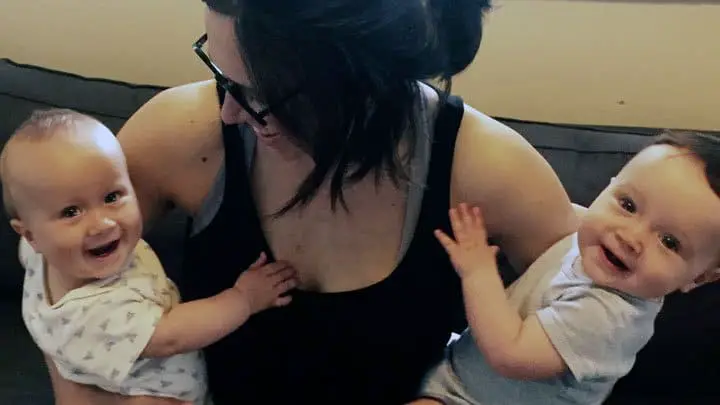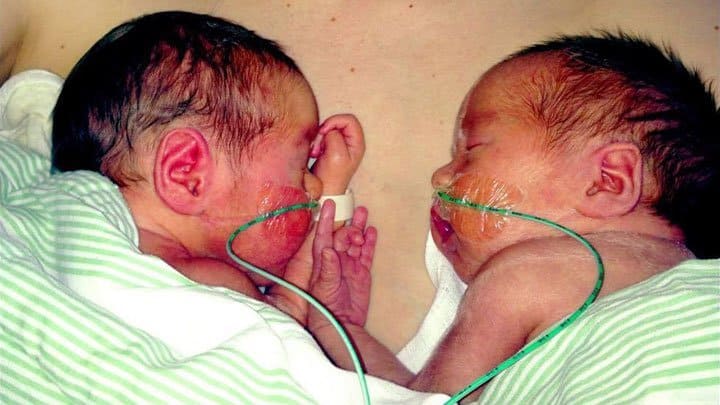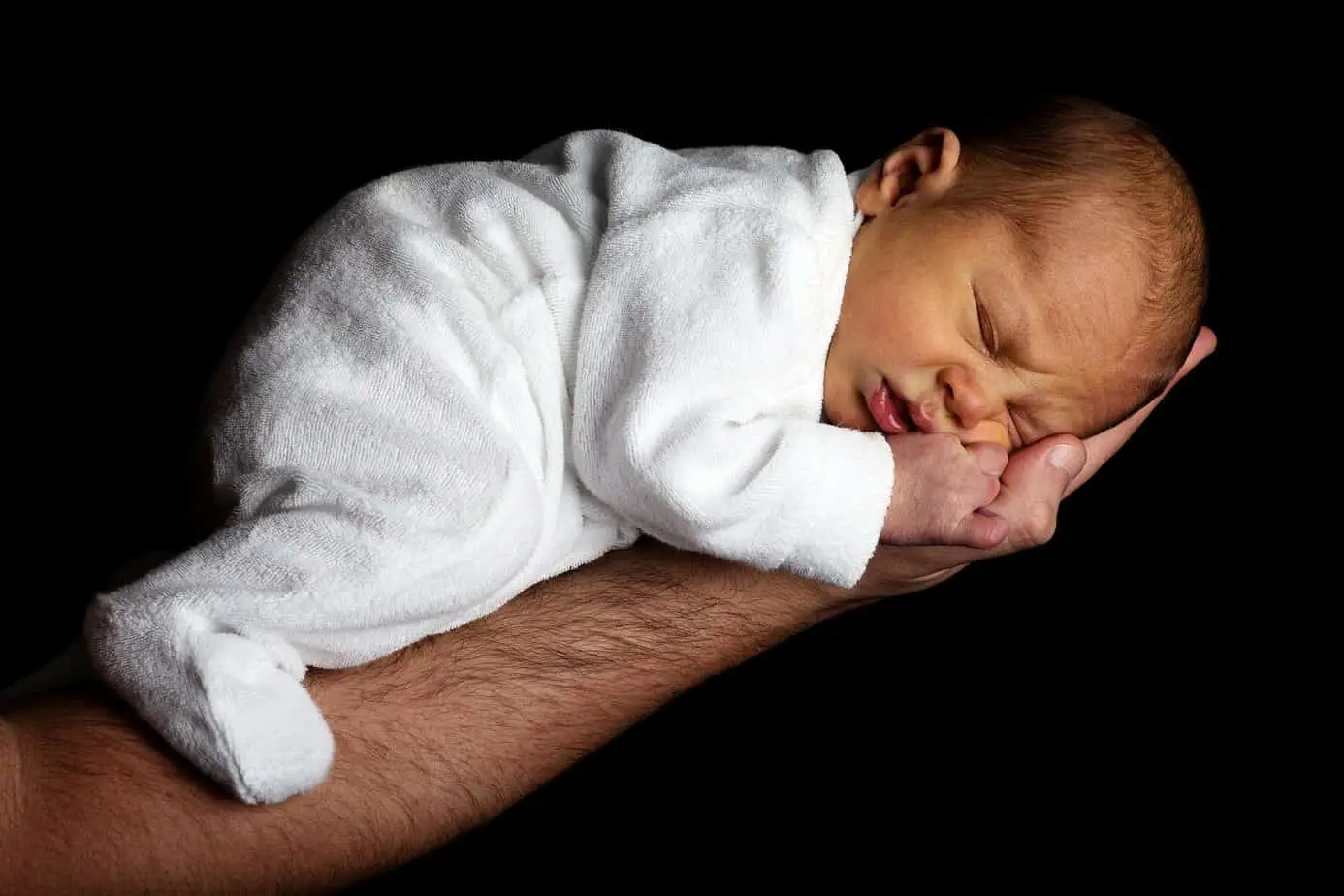New Study Looks at General Movements in Twins
A group of researchers from Slovenia explores the quality of general movements and neurological and developmental outcome in a group of twins. General movements refer to the qualitative assessment of spontaneous movement in the fetus, newborn and young infant.* The study was published in the European Journal of Paediatric Neurology in April 2018.
General movements are considered to be an early and reliable indicator for diagnosis and prognosis of neurological disorders. Read more about General Movement Assessment (GMA).
Preterm birth influences general movements significantly
89 twin pairs were included in the study. They had a gestational age at birth between 24 to 38 weeks. Birth weight ranged from 670 grams (1lbs, 7oz) to 3820 grams (8lbs, 6oz). The researchers looked at data in relation to speech development, school as well as other neurological and psychological factors. They found that general movements at term and at three to four months of age did not differ in regards to mode of conception. However, preterm birth was significantly related to general movements at three to four months.
Twin boys had more difficulties with speech development
The study also concluded that general movements were significantly related to neurological outcome for babies at term age. However, at three to four months of age, general movements were related to both the neurological and psychological outcome. Difficulties in speech development were diagnosed in almost half of the children. They found that it happened more frequently in boys and children with lower Apgar scores.













